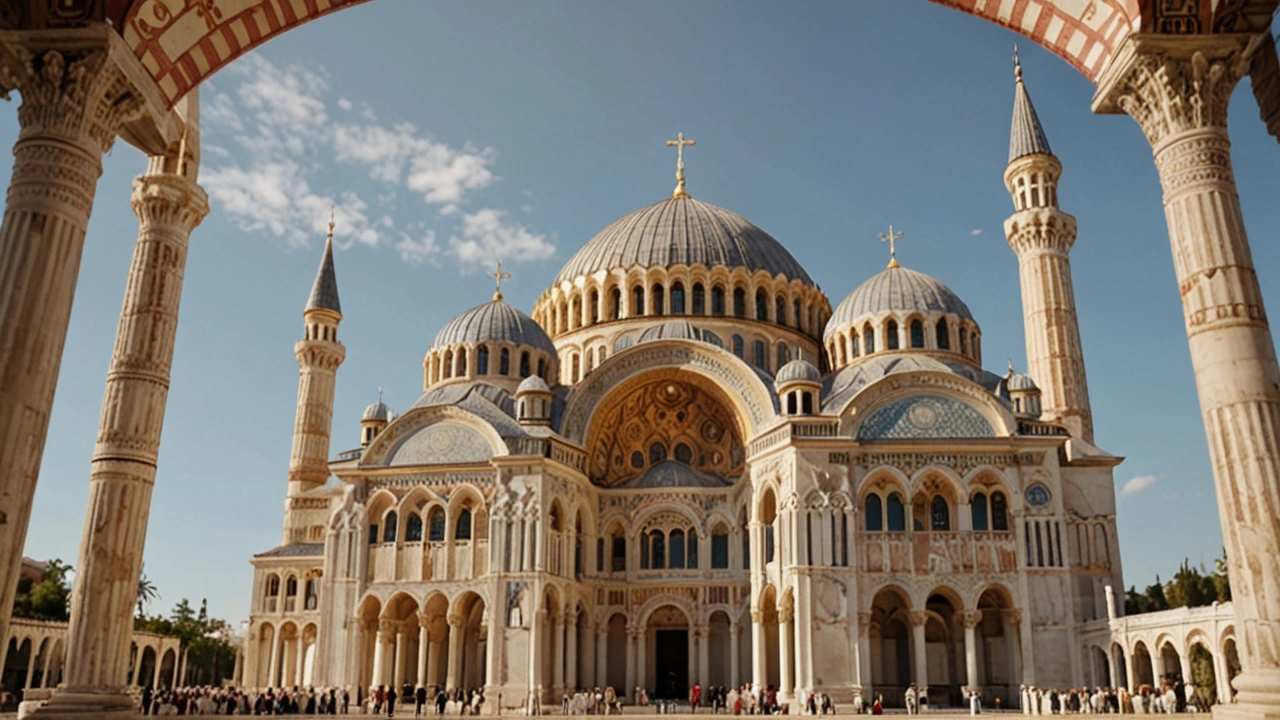Explore the world of Byzantine architecture, a style marked by its intricate designs and immense influence on later architectural developments. Discover its origins, unique characteristics, and timeless appeal. This article breaks down the fascinating aspects of Byzantine architecture, providing useful insights and practical tips for readers interested in historical architectural styles.
Ancient design: how old ideas still shape buildings and how you can use them
Roman concrete that lasted two thousand years sounds impossible until you stand beneath an arch they built. Ancient design isn’t just history; it’s a toolbox. Once you know the basics, you’ll spot real features in cities, reuse them in renovations, and appreciate why designers keep borrowing from the past.
Key features to spot
Start with the obvious: arches and vaults. Romans perfected the rounded arch and used concrete to span wide spaces. If you see a curve that feels both strong and elegant—chances are it’s a classical solution, not a modern gimmick.
Look for columns and pediments next. Greek and Greek Revival styles put columns front and center. Doric columns are plain and sturdy, Ionic have scrolls on the capitals, and Corinthian are leafy and decorative. Pilasters are flattened columns used when the structure doesn’t need full columns but wants the same look.
Notice symmetry and proportion. Renaissance architecture revived classical rules: measured spacing, balanced facades, and domes or central features that organize the whole building. If a building feels calm and ordered, it’s often borrowing Renaissance logic.
Watch for ornament and drama. Baroque and Beaux-Arts layers of detail—carved stone, grand staircases, and theatrical facades—aim to impress. These styles add motion and rich surface texture where Renaissance gives order.
Finally, pay attention to material and mix. Colonial architecture shows how European forms changed when builders used local wood, brick, or clay tiles. That blend tells you about climate, trade, and culture.
How to use ancient design in modern projects
Want the feel without copying the past? Start small. Add an arched opening in a hallway to guide sightlines. Use a single pilaster or a framed pediment above an entry instead of full-blown columns—same rhythm, less bulk.
Pick the right scale. Classical details read badly when oversized. Match column thickness and spacing to the room’s proportions. In interiors, use motifs—moulding profiles, cornices, or patterned floor tiles—to reference a period without making the space feel like a museum.
Combine old tech with new. Use modern steel or reinforced concrete for structure, then finish with stone veneers, plaster mouldings, or terra-cotta tiles for the look. This gives durability and keeps costs down.
When visiting historic sites, focus on construction tricks. Read about Roman concrete mixes, Renaissance geometry, or Beaux-Arts planning—our posts on Roman techniques and Beaux-Arts impact explain how these choices solved real problems. Those lessons often translate into better design choices today.
Want more examples? Browse the tag collection for focused reads on Roman, Greek, Renaissance, Beaux-Arts, Baroque, and Colonial styles. Each article shows photos, spotting tips, and practical ways to bring ancient design into modern life. Go explore and pick one detail to try in your next project—small steps lead to big style gains.

